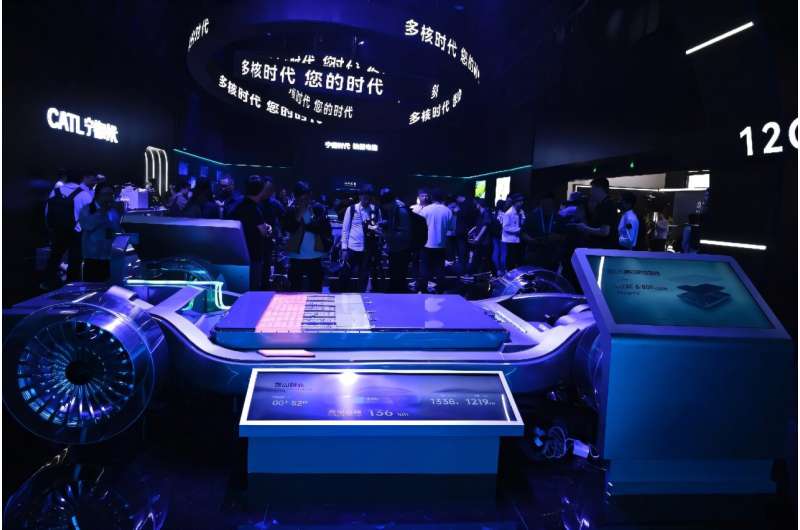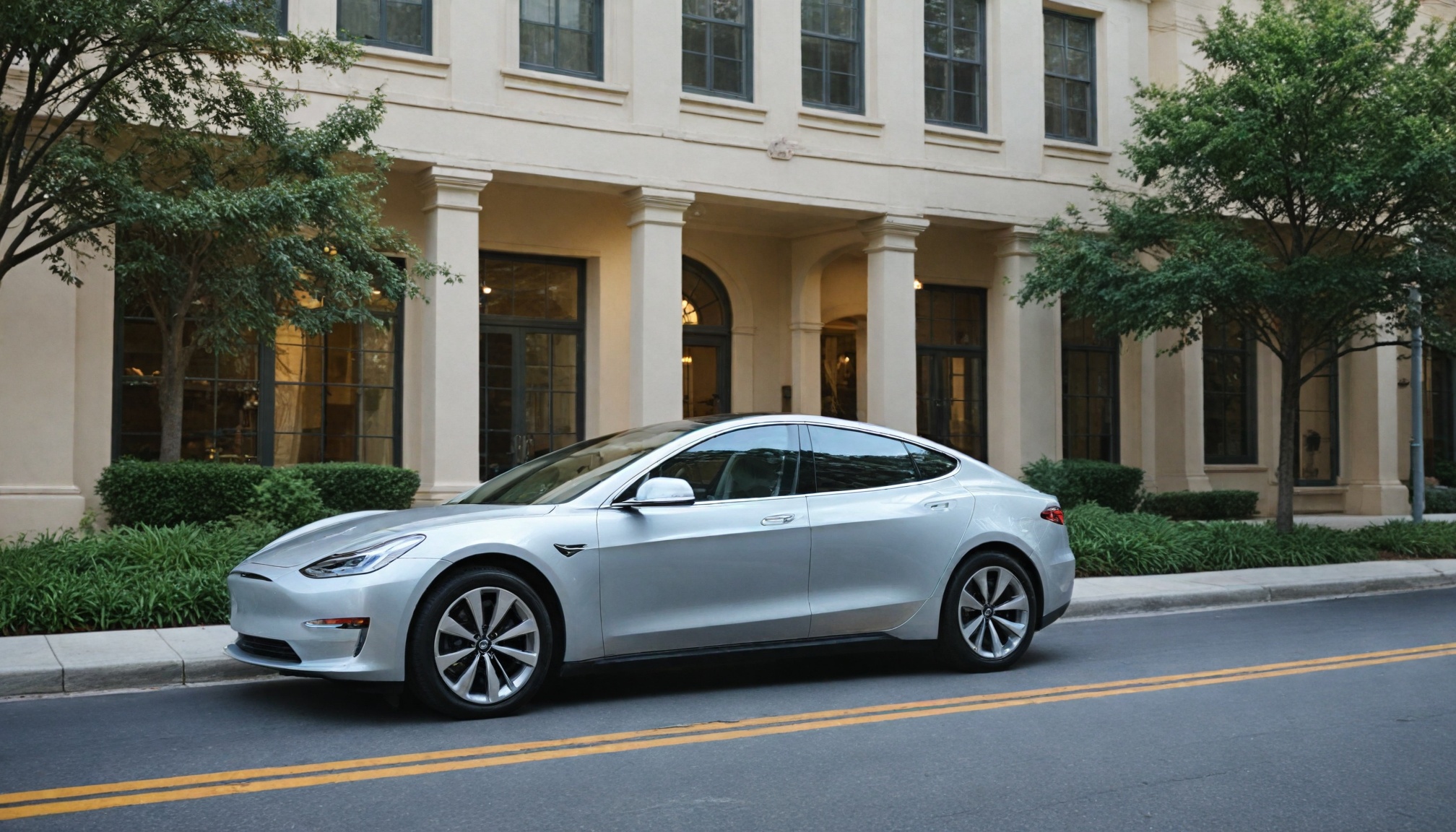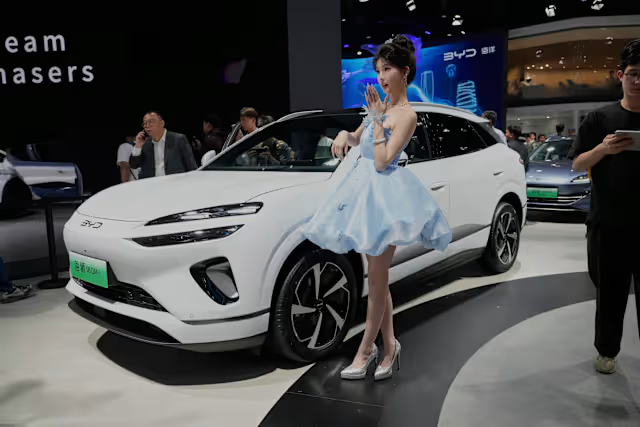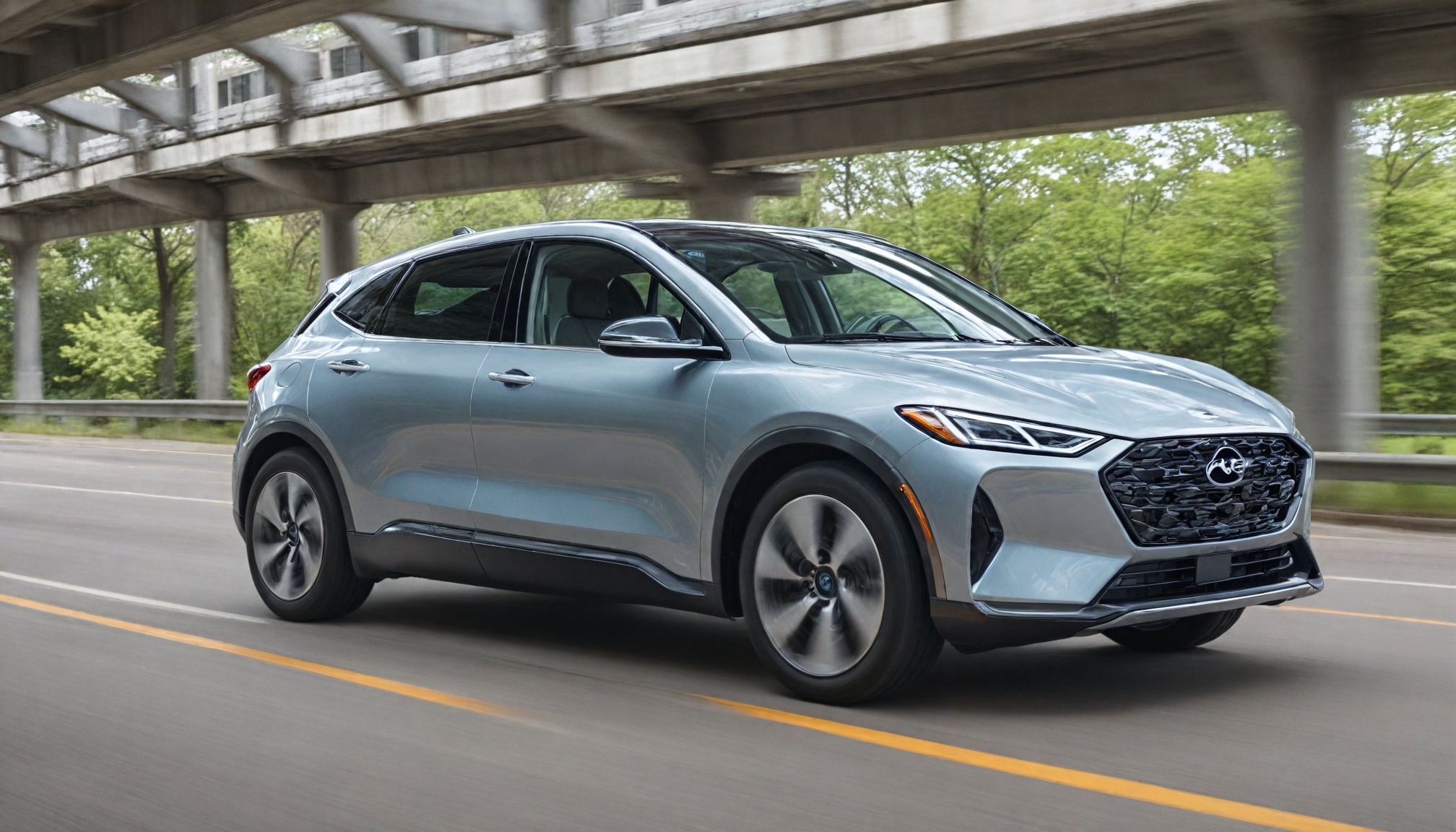
Discover how EVs are revolutionizing automotive acoustics, creating challenges and innovations in sound management as the market grows to $5.19 billion by 2029.

Drivetech Partners
The rapid growth of electric vehicles has fundamentally changed automotive acoustic engineering, creating both challenges and opportunities for vehicle manufacturers. Without the masking effect of traditional combustion engines, EV cabins reveal previously obscured noises, requiring innovative material solutions and advanced computational techniques to deliver the premium sound experience consumers increasingly expect.
Key Takeaways
The global automotive acoustic materials market is projected to reach $5.19 billion by 2029, driven by growing EV adoption
Advanced materials like metamaterials and fiber-reinforced polymers are creating lighter, more effective sound barriers for vehicles
EV-specific acoustic challenges include more noticeable road and wind noise without engine sounds to mask them
AI and computational advances have dramatically reduced development time for acoustic testing and optimization
Smart materials and personalized acoustics represent the next frontier in vehicle comfort for premium and autonomous vehicles

The Acoustic Challenge in Modern Vehicles
Electric vehicles create a fundamentally different acoustic environment compared to their combustion counterparts. Without the familiar engine sounds, noises that were previously masked—like tire hum, wind whistling, and HVAC system operation—suddenly become prominent. This acoustic transparency creates both challenges and opportunities for automotive engineers.
Hybrid vehicles face their own set of issues, particularly with power split architectures where engine sound doesn't match what drivers expect based on their acceleration requests. This disconnection between sound and performance can create an unsettling driving experience if not properly addressed.
Beyond interior comfort, electric vehicles must also tackle exterior sound design for pedestrian safety. The inherent quietness of EVs has prompted regulations requiring artificial sound generation at low speeds to alert pedestrians and cyclists of the vehicle's presence.
Across the industry, acoustics and Noise, Vibration and Harshness (NVH) control have evolved from engineering afterthoughts to primary quality indicators that significantly influence consumer perception and brand value.
Market Growth Driven by Electrification
The automotive acoustic materials sector is experiencing robust growth directly tied to the electrification revolution. With the market projected to grow from $3.71 billion in 2024 to $3.95 billion in 2025, a 6.4% compound annual growth rate (CAGR) demonstrates the increasing importance of acoustic solutions.
Looking further ahead, the market is expected to reach $5.19 billion by 2029, maintaining a healthy 7.1% CAGR over the longer term. This growth trajectory closely follows electric vehicle adoption rates, which continue to climb steadily. In 2023, EV sales reached 1.2 million in the US alone, capturing 7.6% of the vehicle market—up from 5.9% the previous year.
EV trends for 2025 point to greater affordability, intensified competition driving innovation, and increased driving ranges. Each of these developments will further accelerate adoption, creating direct demand for specialized acoustic materials and solutions tailored to electric powertrains.
Next-Generation Acoustic Materials
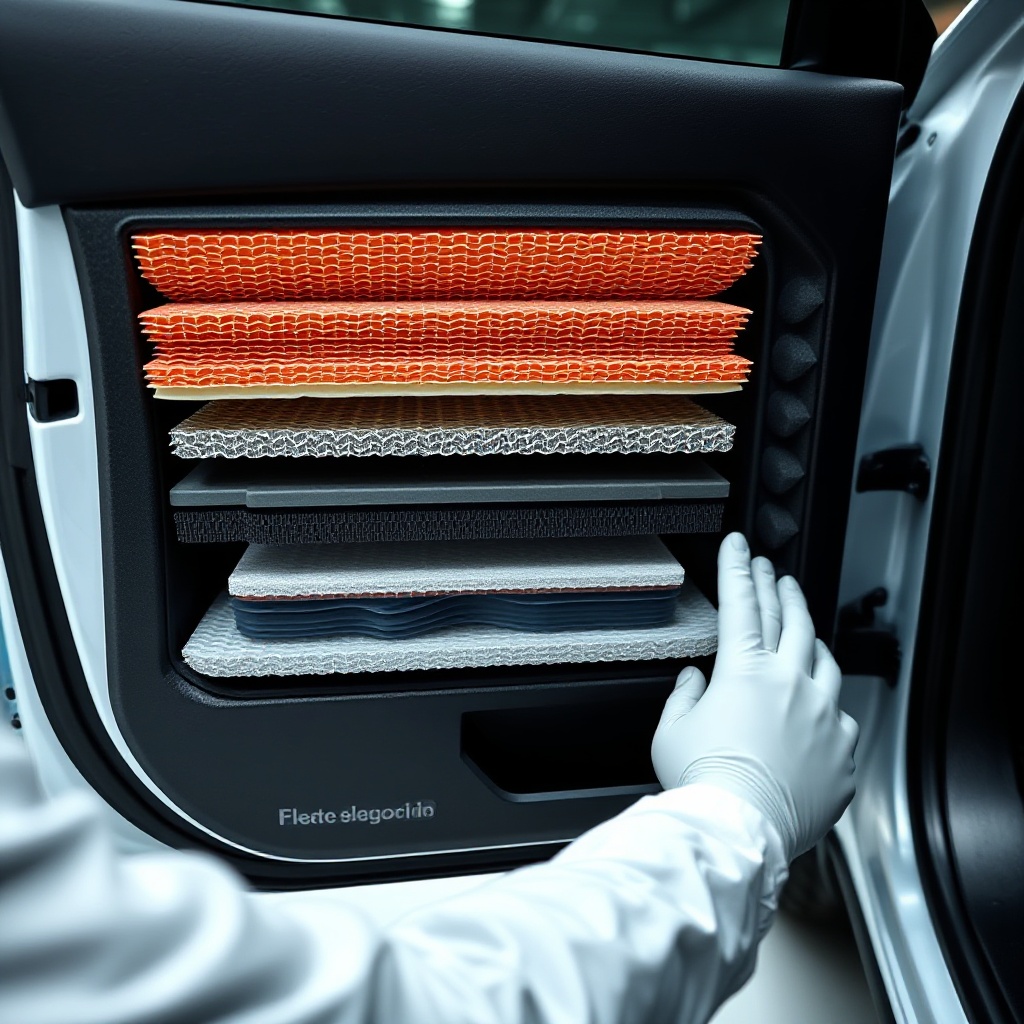
The quest for superior acoustic performance has sparked innovation in materials science, leading to several breakthrough technologies. Acoustic metamaterials represent one of the most promising developments, engineered specifically for noise reduction, vibration control, and thermal management in vehicles. These materials use microscopic structures to trap and redirect sound waves, creating barriers far more effective than traditional insulation.
Sustainability is driving another trend: the use of wool fibers (both waste and virgin) for sound insulation. These natural materials can absorb up to 30% of their weight in moisture without feeling wet, providing excellent acoustic damping properties while meeting environmental goals.
Fiber-reinforced polymers, particularly those utilizing glass and carbon fibers, are gaining popularity for their dual benefits of acoustic performance and weight reduction. Research indicates that a 10% decrease in vehicle weight can result in a 6-8% reduction in energy consumption—a critical factor for extending EV range.
On the cutting edge, electrorheological fluids (ERFs) are being integrated into adaptive shock absorbers and clutches. These smart materials can instantly change their viscosity when exposed to electric fields, allowing precise control over damping characteristics and enhancing both comfort and handling.
AI and Computational Advances
The acoustic engineering field has been transformed by artificial intelligence and advanced computational methods. Companies like Kautex Textron have deployed self-learning AI models to predict and improve vehicle acoustic behavior with remarkable accuracy.
These AI systems have compressed development timelines dramatically. Acoustic testing that once required weeks or months can now be completed in days, allowing for more iterations and refinement during the design process. Similarly, computational fluid dynamics (CFD) simulations are being enhanced with AI predictions for faster acoustic optimization.
Manufacturing technology is evolving in parallel, with Automated Fiber Placement (AFP) becoming increasingly important in producing acoustic composite components. This precision technique allows for optimal fiber orientation and material distribution, maximizing both acoustic performance and structural integrity.
Toyota's Generation-5 system exemplifies how computational advances enable integrated design improvements. By doubling motor magnet count and implementing sophisticated battery capacity management, Toyota has achieved major gains in both performance and acoustic refinement for their 2025 Prius model.
Composite Technologies for EV Acoustics
Collaborative research between the National Composites Centre (NCC) and Drive System Design is pushing the boundaries of integrated electric drive units using advanced composites. These efforts focus on optimizing both efficiency and NVH characteristics—two critical factors for EV performance.
Industry partnerships are accelerating development, as seen in the collaboration between Covestro and Guangzhou Automobile Group on lightweight composite seat backs for electric vehicles. These components reduce weight while enhancing acoustic isolation from road and drivetrain vibrations.
The 2025 Toyota Prius demonstrates how composites and smart systems work together, incorporating battery capacity management to reduce engine sound during specific operating conditions. This approach creates a more consistent and pleasant acoustic experience for hybrid vehicle occupants.
Specialized lightweight composites are increasingly designed to meet strict environmental standards while delivering superior acoustic performance. The integration of acoustic metamaterials within these composite structures creates exceptionally effective sound barriers within vehicle cabins.
Smart Materials and Personalized Acoustics
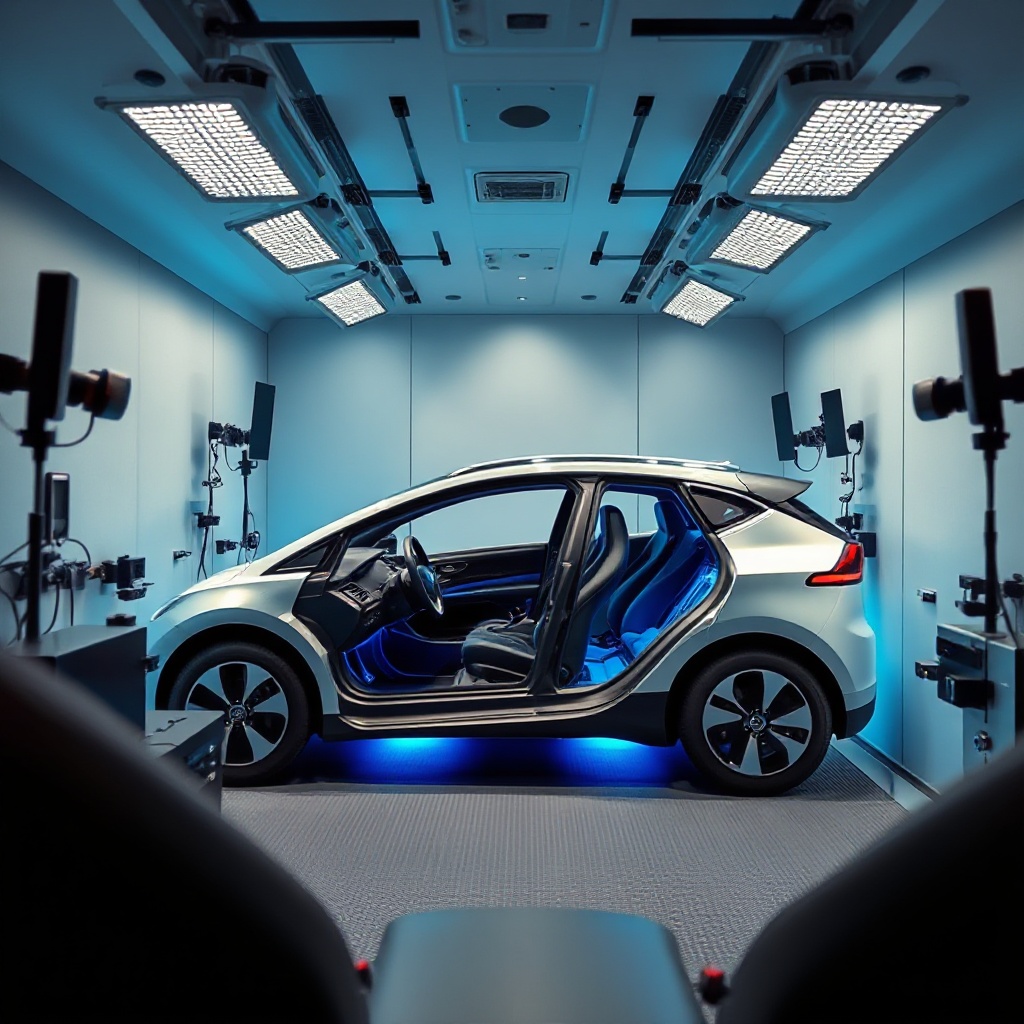
The automotive industry is moving toward highly personalized interior acoustics, with augmented reality audio technologies creating customized soundscapes for different drivers and passengers. These systems can emphasize desirable sounds while suppressing unwanted noise, tailoring the acoustic experience to individual preferences.
Smart materials and embedded sensors enable real-time acoustic management, continuously adjusting to changing road conditions, vehicle speed, and passenger activities. This dynamic approach represents a significant advance over traditional static insulation methods.
Adaptive noise cancellation technologies, once found only in high-end headphones, are becoming standard in premium EV models. These systems use microphones to detect undesirable sounds and speakers to produce precisely calculated opposing sound waves that neutralize them before they reach occupants' ears.
Looking forward, sensor-driven noise management systems are being developed specifically for autonomous vehicle technologies. These will create optimal acoustic environments for productivity, relaxation, or entertainment in self-driving vehicles where the passenger experience takes center stage.
Industry Collaboration and Research Directions
The 8th Automotive Acoustics Conference, scheduled for July 8-9, 2025, in Constance, Germany, will showcase 28 cutting-edge presentations from industry leaders including Volvo, Audi, and Stellantis. This gathering represents a critical knowledge-sharing opportunity for acoustic engineers and researchers.
Similarly, the International Conference on Acoustics and Audio Engineering in Electric Vehicles will convene in Le Mans, focusing on "The Sounds of Electrons"—exploring both the challenges and opportunities presented by electric powertrains.
Key research topics span a broad spectrum, including soundscaping (the deliberate design of acoustic environments), exterior sound design for pedestrian safety, human-machine interface optimization, and advanced acoustic material properties. This diverse research agenda reflects the multidisciplinary nature of modern automotive acoustics.
Cross-industry collaboration has become essential, with automotive manufacturers partnering with material scientists, software developers, and acoustic specialists to accelerate innovation. This collaborative approach is yielding rapid advances that would be impossible for any single organization to achieve independently.
Future Outlook: Acoustics as Competitive Advantage
Acoustic engineering has emerged as a key battleground for automakers striving to differentiate their vehicles in an increasingly competitive market. The silent cabin experience once reserved for luxury vehicles is now expected by consumers across all segments, from entry-level compacts to premium SUVs.
The shift toward autonomous vehicles is creating new opportunities for acoustic innovation. When passengers are freed from driving responsibilities, their attention naturally focuses more on comfort and experience—areas where acoustic quality plays a crucial role.
Specialized acoustic solutions for EVs are projected to become major differentiating factors in the market. Manufacturers who master this discipline will gain significant advantages in consumer perception and brand value.
The most forward-thinking companies are adopting a holistic approach, integrating acoustic engineering with other vehicle systems rather than treating it as an isolated discipline. This comprehensive strategy creates coherent user experiences that enhance overall vehicle quality and customer satisfaction.
As electric vehicles continue to reshape the automotive landscape, the silent revolution in acoustic technology will play an increasingly vital role in defining the vehicles of tomorrow—making the science of sound paradoxically important in creating the silence consumers crave.
Sources
EIN Presswire: Comprehensive Insights on Global Automotive Acoustic Materials Market
TBRC: Automotive Acoustic Materials Industry Trends
ATZ Live: Automotive Acoustics Conference
Green Mountain Energy: Electric Vehicle Technology Innovations 2025

